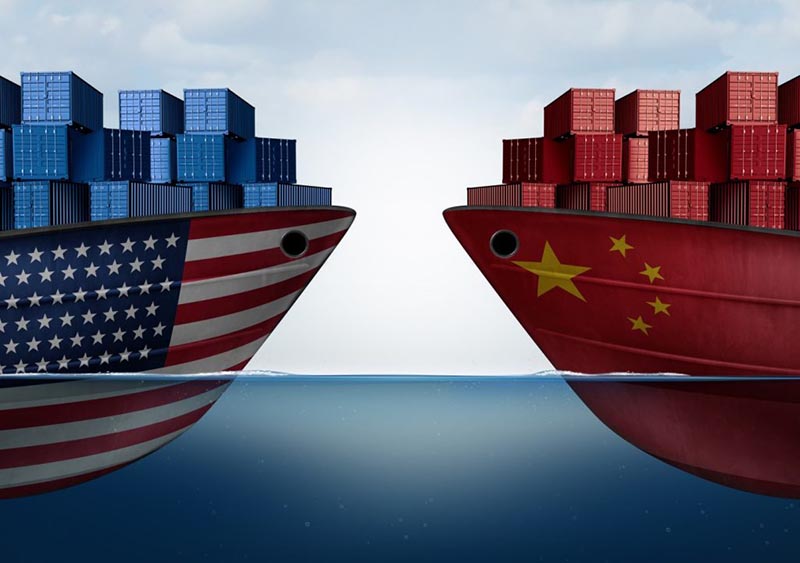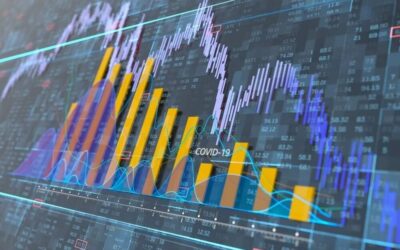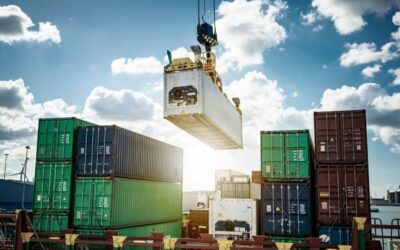Trade Wars And Tariffs Are Tied To Slow Economic Growth
Before there were trade wars, tariffs in China and across the globe would dictate who was the strongest and most influential leader of all countries. However, the global export growth which was relatively stable in the year 2017 started moving at a snail’s pace. Wall Street Journal suggests data synchronized to worldwide growth is beginning to show that sustainability in global markets and company earnings for much of 2017 wasn’t all that strong anyway and is now having an impact on the economy.
Over the course of 2017, investors were tripping over themselves with optimism since, for the first time ever, global stocks rose consistently which usually indicates there is a healthy and lucrative synchronized global growth future. However, this time they may have been wrong.
Why Global Growth Should Matter To All of Us
Since the United States dumped 342 chests of British tea into the Boston Harbor, the US has been considered just strong enough to be a haven where money could be made, taxes were reasonably set and the economy offered potential for business growth. However, this isn’t 1774 and the world has gotten very small and interconnected through trade, stock markets, and more. Sara Potter, an associate director at FactSet who analyzes global markets states that “we have become part of a global economic stage that must be concerned about geopolitical trade uncertainty as well as markets that increase economic and financial market pressure all of which impact the United States.”
In fact, The Economist has reported the Congressional Budget Office (CBO) estimates 2018 will add 0.3% to the US GDP this year and 0.6% next year. However, they caution, positive effects will fade as budget deficits catch up with us and nullify most private-sector investments. One of the worst fears that simmer right underneath the surface when dealing with economic growth and the tangibles that can negatively impact it is inflation. Those of us alive and working in 1980 remember inflation rates over 12.00% and how damaging it was
Can We Fix Where We Are At Now
It shouldn’t be a surprise to learn from the past twenty-five years when most major countries have had a reasonably stable economy which was backed by their policy environment, increased openness, and wider integration. However, the Financial Times reports that in the US heightened political risk is leading us to economic risk but they reiterate there are remedies to this risk such as greater labor market flexibility and easing market entry and exits in other countries will help.
The trick is not harming private business enterprise while employing these economic remedies and that is never easy to accomplish. CBO has been saying for months that the economy is overheating and cannot maintain this level of growth financially.
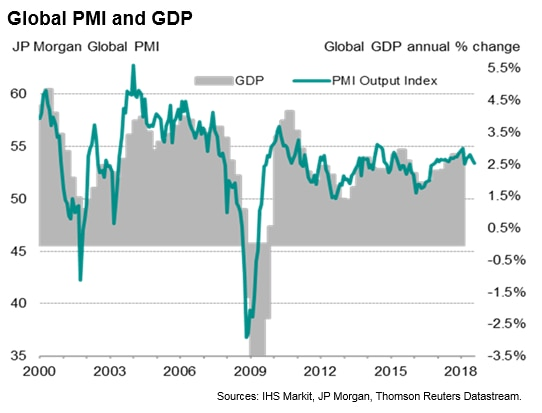
So what’s the answer? There are as many answers from leading economists as there are problems. But, something they all seem to agree on is supporting a sustainable development goal for GDP growth needs a mobilization of financial resources through domestic and international/public/private finance. As well as taking into account that accelerated economic growth increases are usually linked to environmental sustainability (think OIL). However, the United Nations has the boldest plan to sustain and grow the global economy.
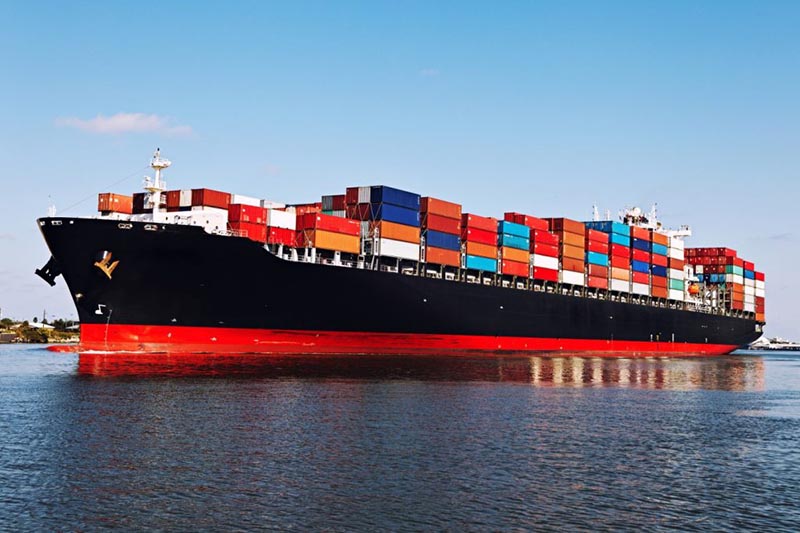
The UN suggests that synchronizing upturns among major economies is the key. It provides a stabilization of financial market conditions and allows for opportunities to be presented that reorient policies which address these ongoing economic challenges and offers co-benefits between development objectives, and stronger investments. What more, policy reorientation should always encompass four concrete areas:
- Increase economic diversification
- Reduce inequality
- Strengthen financial architecture
- Tackle institutional deficiencies
It’s easy to give a possible answer when we don’t have to do the actual work to make it happen, however it should be noted the US economy doesn’t standalone and does need stabilization and growth in global markets to be healthy, bold and represent what will work when we join for a common purpose.
We think one of the all-time greatest investors, John Templeton said it best when he said, “Bull markets are borne on pessimism, grow on skepticism, mature on optimism and die on euphoria.” Isn’t that where global economic growth is right now? On the precipice which sits between optimism and euphoria? So you decide – which way do you think it will go?
